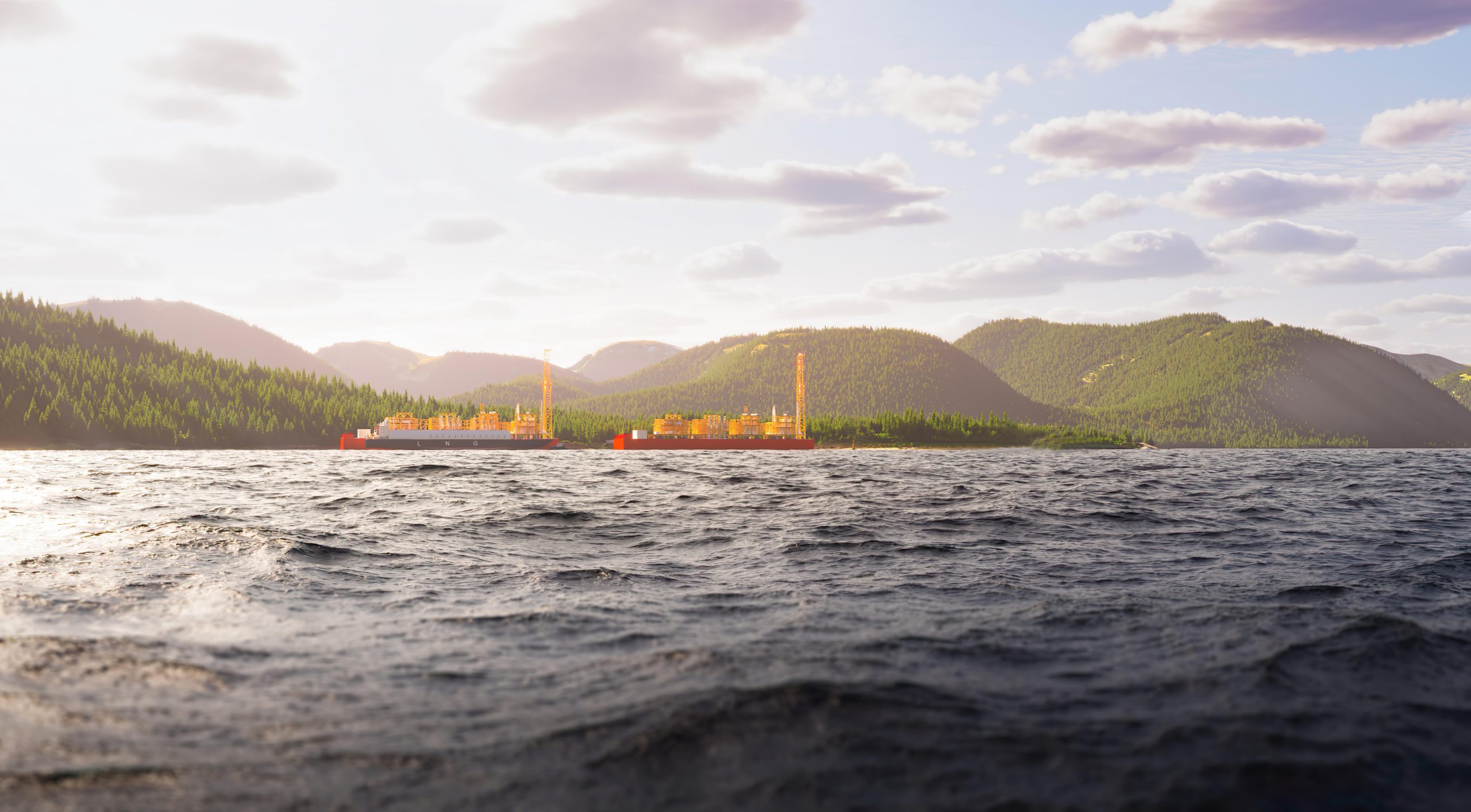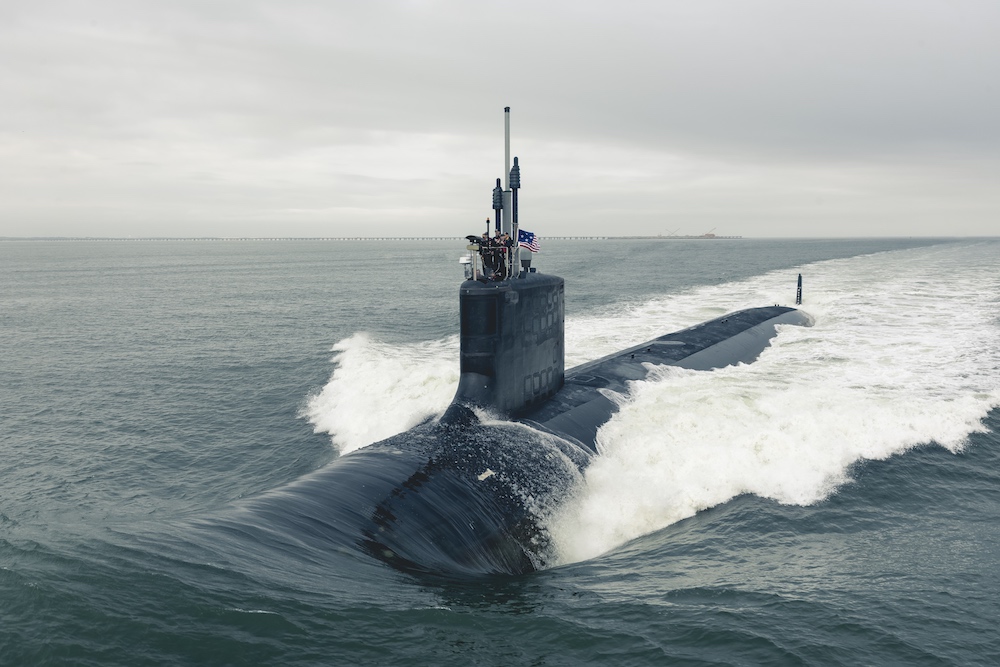Andrew Latham at Real Clear Defence.
He's a fan.
Canada's Submarine Plan
By
Andrew Latham
October 02, 2024
DoD
Canada's Submarine Plan: Necessary but Fraught with Challenges
Canada has set its sights on acquiring up to 12 new conventionally powered submarines as part of a long-overdue effort to modernize its defense capabilities. The strategic rationale is clear: these submarines are essential for Canada to play a meaningful role in safeguarding the security of the North Pacific, Arctic, and North Atlantic regions. These three theaters are becoming increasingly interconnected as geopolitical tensions rise, driven by a resurgent Russia, an assertive China, and the impacts of climate change on Arctic navigation. However, despite the necessity of this move, Canada's track record in defense procurement raises serious questions about whether the country is capable of executing such an ambitious plan effectively.
Canada’s vast geography presents unique defense challenges that few other nations must face. With coastlines stretching from the Atlantic to the Pacific, and a northern frontier increasingly accessible due to the melting polar ice cap, the country’s security environment demands a capable and flexible maritime force. The submarine fleet represents the only asset that can operate undetected across vast distances and perform critical missions ranging from intelligence gathering to deterring potential adversaries. For Canada to meet its various treaty obligations, and to contribute meaningfully to the defense of its own sovereignty, a modern, capable submarine fleet is no longer a luxury but a necessity.
The North Pacific: Confronting an Assertive China
The Indo-Pacific region has emerged as the central theater of global power competition, with China’s military expansion and assertiveness becoming the dominant security concern for the Western alliance. Canada’s Pacific coastline, while distant from the core of the Indo-Pacific, is part of the broader North Pacific security architecture. With the United States and its allies increasing their naval presence in the region to counter China’s growing influence, Canada cannot afford to remain a peripheral player.
Submarines are particularly valuable in this context. Their ability to operate undetected in contested waters makes them a potent tool for intelligence collection, surveillance, and if necessary, striking enemy naval assets. In conjunction with the United States and other regional partners, Canada could use its submarines to bolster deterrence against Chinese expansionism, protect sea lines of communication, and ensure the free movement of goods and energy resources. But this contribution hinges on having a fleet that is both modern and functional—something that Canada’s current fleet, consisting of four Victoria-class submarines purchased secondhand from the UK in the 1990s, can no longer credibly offer.
The Arctic: Protecting Sovereignty in a Changing Environment
Perhaps the most pressing reason for Canada to invest in new submarines lies in the Arctic. As the region’s ice recedes, new shipping routes are opening, and its vast reserves of untapped natural resources are becoming more accessible. This is attracting the attention of great powers like Russia and China, both of which have articulated Arctic ambitions. Russia, in particular, has been building up its military presence in the region, reactivating Cold War-era bases and deploying its own advanced submarines.
For Canada, maintaining sovereignty over its Arctic waters is not just a matter of territorial integrity but of national identity. While icebreakers and surface ships have their role to play in asserting control, submarines are indispensable. They can patrol beneath the ice, monitor underwater activities, and deter any attempts by foreign powers to challenge Canada’s claims. Without a robust submarine capability, Canada risks ceding influence in the region to other players, potentially including adversaries.
The North Atlantic: Bolstering NATO’s Maritime Defense
Canada’s historical role as a key player in North Atlantic security is rooted in its deep integration with NATO. While the focus of global defense attention has shifted somewhat from Europe to the Indo-Pacific, NATO’s mission in the North Atlantic remains as critical as ever. Russia’s submarine activity in the North Atlantic has increased in recent years, posing a threat to vital undersea communication cables and allied naval operations. NATO’s ability to deter Russian aggression and maintain freedom of navigation in this region depends in part on Canada pulling its weight.
A new fleet of submarines would allow Canada to contribute meaningfully to NATO’s maritime defense strategy. By deploying modern, stealthy submarines, Canada could help track and counter Russian submarine movements, protect sea lanes, and ensure that NATO forces can operate unimpeded in the North Atlantic. This would reinforce Canada’s longstanding commitment to collective defense and enhance the security of the transatlantic alliance at a time of heightened geopolitical uncertainty.
Can Canada Get the Job Done?
While the strategic need for new submarines is clear, there is considerable skepticism about Canada’s ability to actually deliver on this ambitious plan. The country’s history of defense procurement is littered with delays, cost overruns, and suboptimal outcomes. The Victoria-class submarine program is a prime example. Originally expected to be a cost-effective solution, the secondhand submarines were plagued by technical issues and spent much of their early service life undergoing repairs and upgrades. As a result, Canada’s submarine fleet has been largely unavailable for much of the past two decades, undermining the country’s ability to meet its defense commitments.
The acquisition of new submarines will be a complex, expensive, and time-consuming endeavor. Modern submarines are among the most sophisticated and costly military assets to produce and maintain. If Canada is to succeed, it will need to avoid the pitfalls of past procurement efforts, ensuring that timelines are met, costs are controlled, and the fleet is fully operational upon delivery. This will require not only political will but a rethinking of how Canada approaches defense procurement altogether. The federal government must prioritize transparency, accountability, and long-term planning if it is to avoid the mistakes of the past.
Moreover, there is the question of industrial capacity. Canada does not currently have the infrastructure to build submarines domestically, meaning it will likely need to rely on foreign suppliers. This introduces additional risks, including potential delays and vulnerabilities related to supply chain disruptions. The government will need to carefully manage these challenges to ensure that Canada’s submarine fleet is ready to meet the security challenges of the coming decades.
Conclusion
Canada’s plan to acquire up to 12 new submarines is a necessary and overdue step toward addressing the country’s defense needs in the North Pacific, Arctic, and North Atlantic. The strategic rationale is sound: submarines are indispensable tools for asserting national sovereignty, deterring adversaries, and contributing to collective defense efforts in these interconnected regions. However, Canada’s history in the defense procurement domain raises serious doubts about whether it can get the job done. If the government is serious about bolstering Canada’s maritime capabilities, it will need to learn from past failures and commit to a disciplined, transparent, and accountable procurement process. Otherwise, Canada risks falling short once again, with serious consequences for its national security and international standing.
Professor Latham is a professor of International Relations specializing in the politics of international conflict and security. He teaches courses on international security, Chinese foreign policy, war and peace in the Middle East, Regional Security in the Indo-Pacific Region, and the World Wars. He was formerly the Nonproliferation, Arms Control, and Disarmament Fellow at the Canadian Department of Foreign Affairs and International Trade, and a lecturer at the Canadian Armed Forces School of Aerospace Studies. Professor Latham has also been publiched in outlets such as The Hill, The Diplomat, Canadian Defence Quarterly, Public Discourse, First Things, Genealogies of Modernity, Providence, and Crisis.








